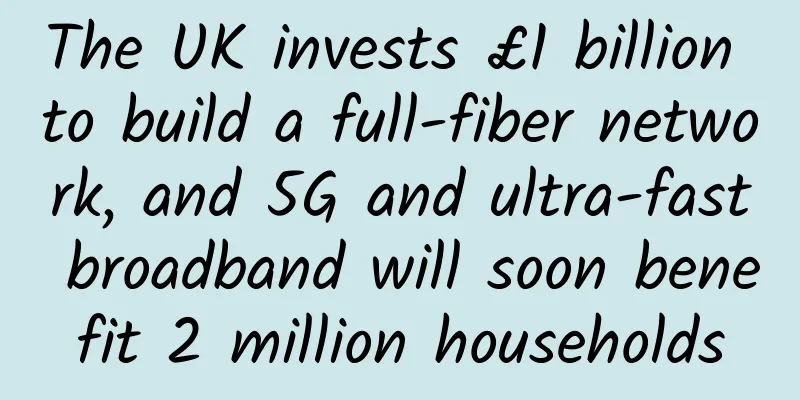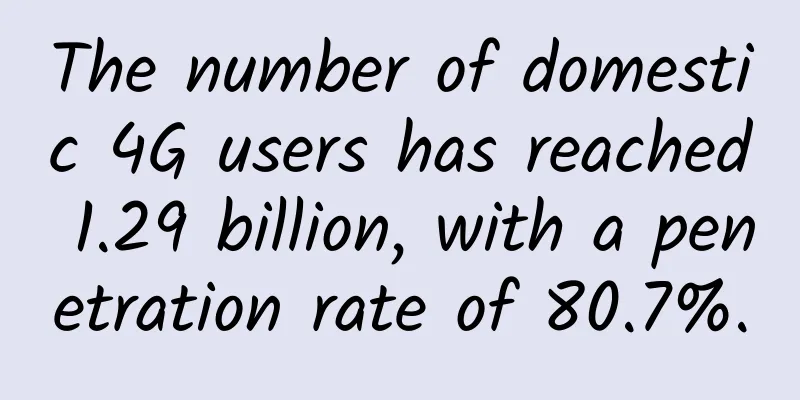How will the arrival of 5G affect smart cities and real estate?

|
The fifth generation of mobile connectivity is upon us. When 5G rolls out across the UK and around the world, it will mark a significant turning point for many industries, not least real estate.
Now, some might say that 5G has already arrived – and the leading mobile networks are certainly keen to publicise that fact. However, current connectivity is closer to a capable 4G, but still a long way from 5G’s true potential. The government has set a target to ensure “most” people have access to 5G by 2027. This will require significant investment in infrastructure – two years ago, the government’s National Infrastructure and Construction Pipeline launched 11 digital infrastructure projects and programmes worth a total of £6.8bn, aimed at extending 5G (and superfast full-fibre broadband) coverage across England and Northern Ireland. It’s clear that mobile connectivity is going to change dramatically over the next five years. When built correctly, 5G is expected to be up to 100 times faster than typical 4G technology, with mobile internet speeds exceeding 10 gigabits per second (Gbps). For consumers, this means lag-free browsing, downloading and streaming. However, more importantly, the arrival of 5G will attract attention in different industries. Chief among them is the development of so-called "smart cities" and how properties operate from a social and business perspective. 5G, IoT and Smart Cities 5G is best understood as an enabler. The technology itself isn’t groundbreaking. Rather, it will provide the connectivity needed to transfer and analyze vast amounts of data. The rollout of 5G will therefore in turn help businesses and governments unlock the potential of the Internet of Things (IoT), a field ripe for digital innovation in which everyday objects are fitted with sensors and technology that allow them to communicate and share data via an internet connection. Technology analyst IDC predicts that there will be more than 41 billion connected IoT devices worldwide by 2025. Faster, more reliable mobile connections open up many new possibilities for the world of IoT, driving the rapid development of smart cities. The term smart city, a bit of a jargon and controversy, actually refers to urban areas that use technology, data and sensors to operate in a more efficient way. From traffic lights that vary based on the volume of traffic at a particular intersection, to street lights that automatically dim or brighten based on pedestrian usage, real-time data transmitted over 5G networks can help save money, reduce waste, fight crime, lower carbon emissions and improve people’s daily lives. How will real estate be affected? There is no doubt that the combination of 5G and IoT devices will be one of the defining technology trends that will impact the real estate industry in the coming years. Therefore, developers developing real estate today, whether residential or commercial, must be aware of how to best leverage this area of digital innovation to create a modern building or space. At the heart of 5G will be the ability to make properties themselves smarter. With built-in sensors developed between different rooms and features, buildings will be able to communicate their status and the actions within them. Some of the more common examples in residential spaces include automating processes such as changing lighting and heating settings based on how long people are in a room; monitoring energy use to improve efficiency; and securing all external doors and windows. In the commercial real estate sector, remote working has increased exponentially due to Covid-19, so in the future many organizations may operate in a hybrid model where workers split their time between the office and home. To help manage this flexible working style, desks could be filled with sensors that would report when they are available, while analytics could be run across the office to assess where space is being used or not. In the coming years, this combination of automated processes that allow real estate to learn and evolve over time to become more efficient and user-friendly, and provide more data-driven insights for building owners, users or developers to take action, is sure to become a mainstay of the industry. As with any new technology trend, it is critical for stakeholders within the industry to determine where the market is heading and ensure they stay ahead of their competitors. |
>>: Remote workers are greener, but the technology they use still has a carbon cost
Recommend
10gbiz: $2.75/month KVM-1GB/50GB/2M unlimited/Hong Kong (CN2 GIA) data center
10gbiz is a hosting company established in 2020. ...
DesiVPS: $15/year KVM-1GB/15GB/2.5TB/Los Angeles & Netherlands Data Center
Tribe shared information about DesiVPS last year....
Why can't I access my home computer from work?
The previous article "Why do all our home IP...
Jiang Lintao: Full text of the report "CDN Technical Issues and Standardization"! The CDN market is booming
The 2017 Asia-Pacific CDN Summit was held in Beij...
Unified, standardized, and intelligent, Borei Data OneAlert helps reduce costs and increase efficiency in operation and maintenance
With the cloudification of IT infrastructure, the...
Megalayer October promotion: US dedicated servers from 199 yuan/month, high-defense servers from 299 yuan/month, optional CN2 line
Megalayer has launched the Golden Autumn October ...
Tell us about your understanding of the "three-way handshake" and "four-way wave"
Reference answer: We all know that TCP is connect...
LOCVPS newly launched Hong Kong MG high bandwidth line, 20% off, starting from 29.6 yuan/month, recharge 100 yuan and get 10 yuan
LOCVPS has newly launched a Hong Kong MG (BGP/Int...
9 correct views on the cancellation of data roaming charges
On July 1, data roaming charges were officially c...
Kuroit: £5/month-dual-core/4GB/50G NVMe/3TB/Singapore & Los Angeles data centers
Kuroit is offering a special promotion for VPS in...
Fixed-line broadband rates drop again, how should operators respond?
This year marks the sixth year of the implementat...
Digital disruption is sweeping the world, with 92% of organizations saying they have a digital transformation strategy
Recently, Cisco, together with IDC and other auth...
Is 5G really invincible? The sixth generation of Wi-Fi disagrees
With the official commercialization of the fifth ...
Gigsgigscloud adds Los Angeles international line 1-10Gbps bandwidth VPS monthly payment starts from $5
Gigsgigscloud recently launched the Los Angeles L...









